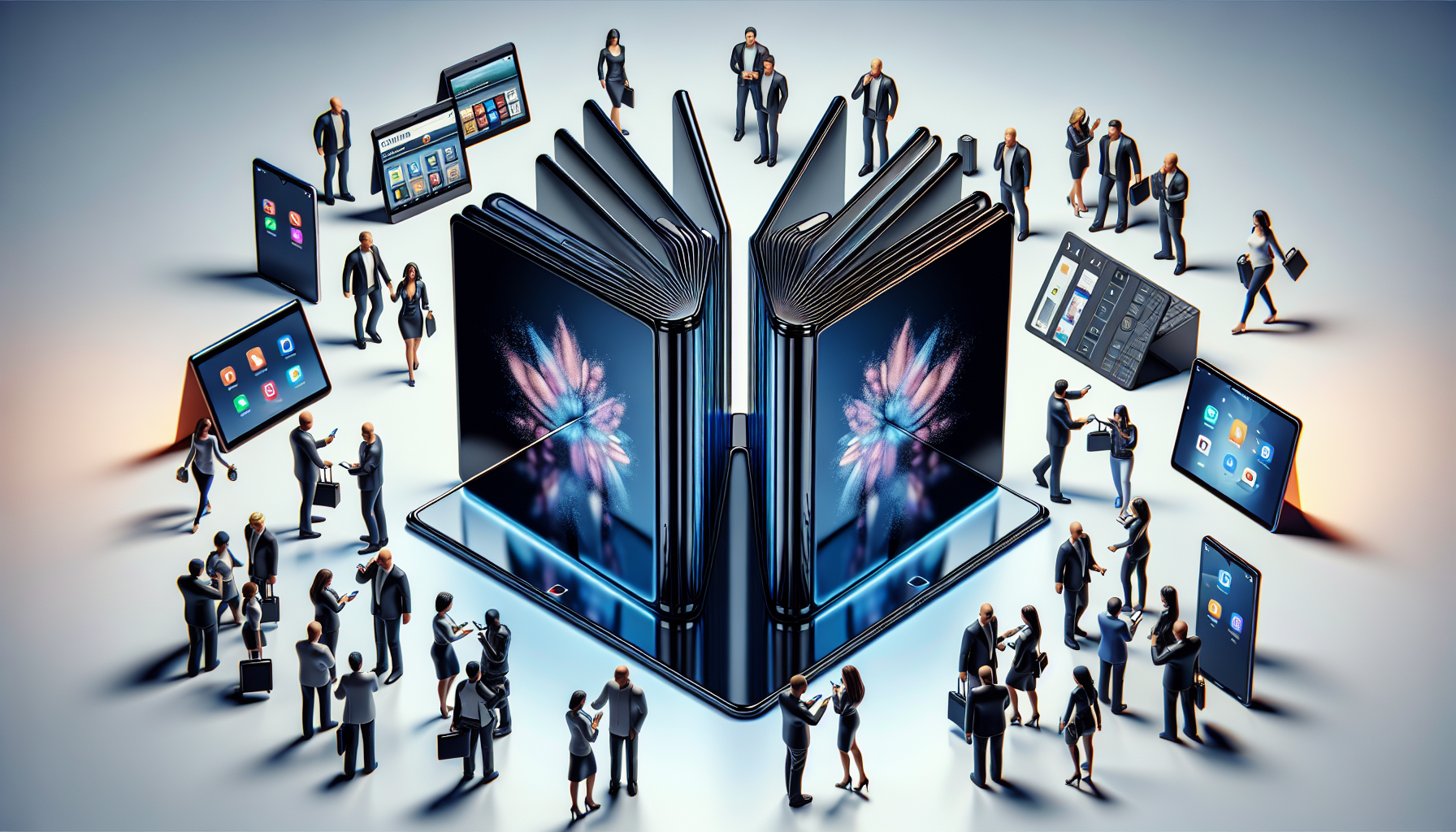Apple’s Foldable Future: Innovations in iPhone and iPad
Apple is recognized for its pioneering technology and creative design. The technology leader is reportedly gearing up to unveil foldable variants of its legendary iPhone and iPad, which could indicate a significant transformation in mobile device technology. Here’s what we know about these forthcoming devices and their implications for Apple’s future.
The Liquid Glass Revolution
Apple has recently announced the rollout of a new design paradigm known as Liquid Glass for iOS 26 and additional operating systems. This design incorporates a translucent user interface that will be central to Apple’s upcoming products, including foldable devices and AI/AR smart glasses. The Liquid Glass UI is designed to deliver an uninterrupted and immersive experience, particularly for users of Apple’s smart glasses, which are intended to integrate digital components with the physical world.
Preparing for the Future
By introducing Liquid Glass prior to the launch of the foldable devices, Apple aims to acclimatize users to the new design. This calculated maneuver enables the company to collect user input and enhance the UI before the foldable devices are made available. Such preparations are essential for ensuring a seamless transition and increasing user satisfaction with the new technology.
Launch Timeline and Speculations
Speculations have been swirling for some time that Apple is developing foldable technology, with the foldable iPhone likely to debut as early as September 2026, coinciding with the iPhone 18 series. The foldable iPad is expected to follow a year after. However, analyst Jeff Pu’s recent research note suggests that both devices may launch simultaneously, owing to advancements in Apple’s manufacturing operations.
Manufacturing Developments
Insights from Pu indicate that Apple and Foxconn began the New Product Introduction (NPI) phase for their foldable devices in January 2025. This phase is vital for establishing production lines and refining the manufacturing workflows to ensure high-quality results. If these timelines hold, Apple is poised to transform the market with its foldable technology.
Conclusion
Apple’s potential unveiling of foldable iPhone and iPad variants signifies a daring leap into the future of mobile technology. By rolling out the Liquid Glass UI in advance, Apple seeks to facilitate a smooth transition for users. The concurrent launch of these devices could reshape user expectations and establish a new benchmark for mobile device design.
Q&A Session
Q1: What is Liquid Glass, and why is it significant for Apple’s future products?
Liquid Glass is a new design language showcasing a translucent UI, essential for Apple’s upcoming foldable devices and AI/AR glasses, enhancing the user experience by fostering a cohesive design across all devices.
Q2: When can we anticipate the arrival of the foldable iPhone and iPad in the market?
The foldable iPhone might launch as soon as September 2026, with the foldable iPad likely arriving a year later. However, they could be launched simultaneously based on recent research insights.
Q3: How is Apple gearing up for the launch of its foldable devices?
Apple is acclimatizing users to the Liquid Glass design ahead of the launch and has initiated the New Product Introduction phase to fine-tune the manufacturing process for these devices.
Q4: What is Foxconn’s role in the development of Apple’s foldable devices?
Foxconn is tasked with setting up and managing the production lines required for manufacturing Apple’s foldable devices, working alongside Apple throughout the NPI phase.
Q5: Could the new foldable devices affect Apple’s market position?
Yes, the introduction of foldable devices could bolster Apple’s market position by showcasing its dedication to innovation and potentially establishing new trends in mobile technology design.